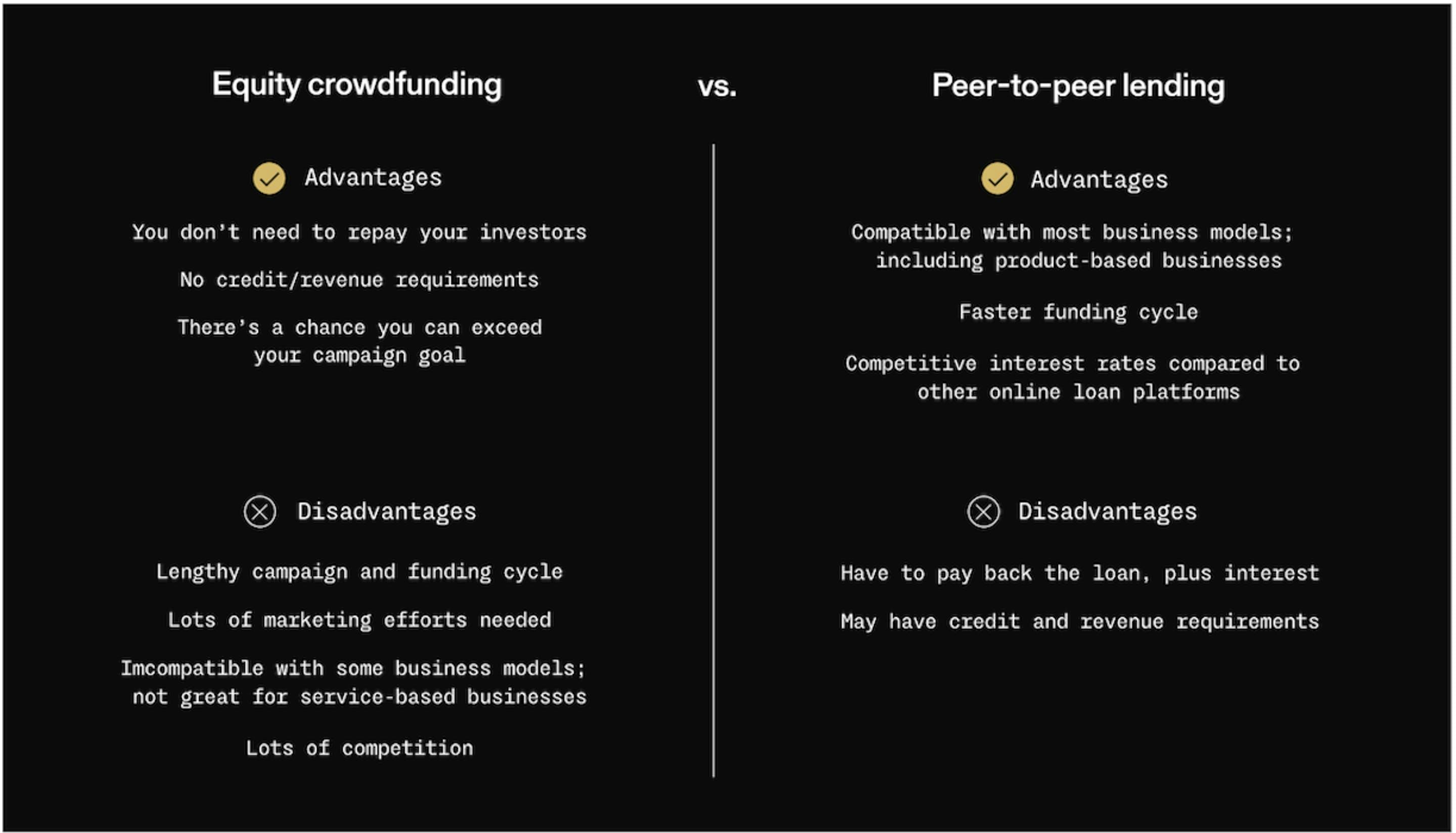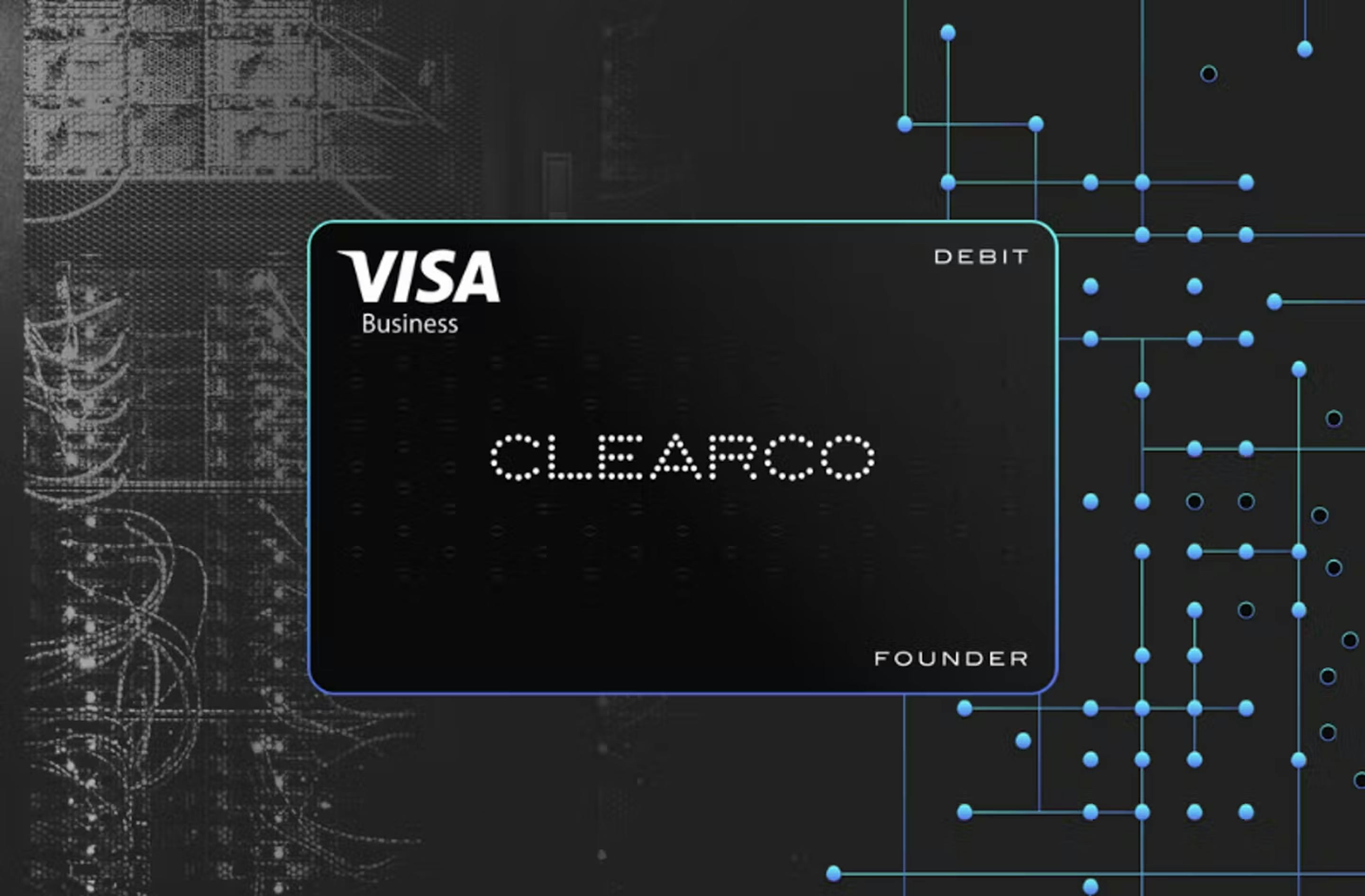6 Ways to Fund an E-Commerce Business

This article is a chapter of our Ultimate Guide to E-Commerce Funding.
1. Bootstrapping
Bootstrapping is a clever term for when founders use their own funds as well as the company’s cash flow to fuel business growth. The term originally comes from the expression “pulling up by one’s own bootstraps”, which implies someone had claimed to do the impossible.
Some businesses are able to get by on bootstrapping alone; however, those are few and far between—but it can be done. For example, Sarah Blakely scaled women’s undergarment company, Spanx, using her own personal savings and still owns 100% of her business as a result. And software development platform GitHub survived on bootstrapping for its first 4 years of business.
What are the benefits and risks of bootstrapping?
Bootstrapping is often romanticized in the entrepreneurial community because it allows you to retain 100% ownership, and therefore control, over your company. When done right and backed by a solid business plan, it can definitely be an effective way to scale your business, as long as you have the funds to do it. There’s also a certain sense of pride that comes with knowing you ‘did it on your own’, which adds to the allure of bootstrapping.
On the other hand, with this type of funding you run the risk of running out of cash if your revenues aren’t what you project them to be. As mentioned, lack of working capital is a major reason startups fail. With limited capital, you also might not be able to scale as fast as you would with outside help and guidance you can get from VCs, for example.
2. Crowdfunding
Crowdfunding dates back to 2006, with IndieGogo launching a year later and Kickstarter not far behind. Crowdfunding involves raising capital from larger groups of people on crowdfunding websites in exchange for exclusive perks like free product or swag. Sometimes, equity can be offered as well but this is less common.
The average crowdfunding campaign is for approximately $7000 and lasts about 9 weeks. It’s a great way to raise money fast (as long as it’s successful, of course).
What should you consider before crowdfunding?
The biggest benefit of launching a business using crowdfunding is that you get to really test the market. If no one seems interested in supporting your campaign, you probably need to rethink your idea. And it’s better to learn that before you launch rather than after! Plus, you mitigate inventory risk in that you generate pre-orders so you can confidently stock up knowing you’ll sell that amount.
One thing to consider, though, is that if you know to anticipate a certain number of orders you will also need the cash flow to pay for that inventory up front. You can always try to negotiate with your supplier, but this is something to keep in mind to ensure you give your first customers the best experience possible.
Negative word of mouth can squash any momentum your crowdfunding campaign helped build.
So long as you meet customer expectations, crowdfunding is an excellent way to attract early adopters and advocates of your brand. Plus, you can collect feedback from them in order to improve your offering and create version 2.0 of your existing services or product lines down the road.
The main pitfalls of this type of funding are that you expose yourself to possible competition since you’re showing your hand and sharing your ideas when they are still young and you aren’t yet established in the marketplace. There are also fees associated with this type of fundraising and the risk of failure is very real. The average success rate of a crowdfunding campaign is 50%.

3. Grants
Grants are essentially “free money” - but not really. If you want to score a grant, you’ll have to really work for it.
You will have access to different grants depending on the location in which your business is founded. There are often grants offered at national and local levels. Grants are also offered through corporations who want to give back and support emerging business. Many grants are also offered based on other eligibility requirements like whether or not you’re a part of a minority group. Typically, they are available for groups such as female founders, minority-owned businesses, environmental businesses, and veterans.
What are the pros and cons of grant money?
As mentioned, business grants are a form of capital you don’t have to pay back. This means you can skirt costly fees and interest associated with other forms of business funding. They are a great way to acquire a large sum of money; however keep in mind that not all grants are created equal. They can be a little as $500 or as much as $500,000. So depending on how much money you need to fuel business growth, a grant might only represent part of the solution.
You’ll have to apply for the grant you want and this usually takes a lot of time and effort and applications are only accepted during certain times of the year (often only once a year). Grants are often awarded to the more “headline-worthy” small business owners, so they may feel less accessible overall. Also, be prepared to meet any reporting requirements like grant-specific audited financials for follow up.
While it’s true grants represent capital you don’t have to pay back, here are some things to consider when researching and applying for one:
- Thoroughly research the grant opportunities you are eligible for to ensure you’re applying for ones you have the best chance at getting
- Some grants require you to pay a portion of the cost of the project, commonly referred to as “matching funds”
- There are very strict application deadlines when it comes to grants; keep track of any grant applications deadlines
- Grant applications require a LOT of documentation so be prepared to share information like financials and a business plan
- For grants that involve a “pitch contest”, be prepared to do some public speaking and hone your presentation skills
4. Equity Financing
In simple terms, equity financing is when you sell a percentage of ownership of your business in exchange for capital. Here are some of the most popular sources of equity financing:
- Friends & Family
- Angel Investors
- Private Equity or Venture Capital firms
- Initial public offering (IPO)
Angel Investing
You’ve likely heard the term before, but what exactly is angel investing? Angel investing is a traditional form of financing where an individual provides financial backing to small startups or entrepreneurs in exchange for equity. It’s often a one-time investment and driven by who you are and know, rather than your business. Business data isn’t at the core, so for this reason, the angel is usually someone that has a personal or professional relationship with the founder/entrepreneur.
Angel investing is often higher risk since the company doesn’t have a long track record of success and there are personal relationships tied into the deal. Nonetheless, angels are often a key vehicle for startups to get off the ground, and to a point where VC firms will consider them.
The most common source for angel investors is your pool of professional acquaintances, however, there are also resources like AngelList you can check out.
When choosing the right angel investor for you it’s important to protect yourself and your brand. A lot of people might want to give you money, but not everyone should. So do your due diligence and ask the right questions before landing on the right angel investor.
Friends and family
This is exactly what it sounds like. A friends and family round of funding involves asking the people you have the closest relationships with for funding to get your business off the ground. It is sometimes referred to as the pre-seed round or bridge round of funding.
Friends and family funding doesn’t always include giving equity. If you do decide to give shares, you should definitely consult a lawyer to make sure you’re not diluting your own equity too much down the road.
What is venture capital?
Venture Capital (VC) firms are a very popular form of funding among early stage startups. There are several good VC firms out there, each specializing in a different area. For example, one VC firm might be a better option to fund a SaaS company whereas others specialize more in the retail space.
It’s important to choose the right VC firms for your business because one of the major benefits of VC funding is that you have access to their advice and expertise. Since they have invested in your company, they are essentially part owners so have a vested interest in helping you grow and guiding you in the right direction. Another issue founders face when it comes to VC funding is that it is a longer and more arduous process. It can take up to 6 months to secure VC funding and often involves a lot of travel, which requires a lot of time and money new founders may not have. Then there’s often a lot of pressure for a liquidity event, like a sale or an IPO, for investors to earn their money back.
When it comes to e-commerce specifically, the main struggle most businesses face when it comes to VCs is that they are less likely to consider funding you if you don’t have an extensive business history or a proven track record of exceptional performance. Plus, it tends to be a more biased form of funding. For example, women of color CEOs receive less than 1% of VC dollars each year. Often, access to venture capital is dependent on your existing connections.
Initial Public Offering (IPO)
An IPO is when a business decides to “go public”. But what does that really mean? Becoming a publicly traded company means you offer shares on a publicly traded market like the New York Stock Exchange. Companies who go public often do so to raise funds, increase liquidity of its assets, and gain clout.
However there are many things to consider before undertaking an IPO. Once public, a company has to make a lot of its information public such as financial reports, customers, and suppliers. In addition, you lose some flexibility and power with IPOs as well.
What are the pros and cons of equity financing?
Equity financing has distinct advantages and drawbacks that are worth considering, especially when it comes to VC funding. VC funding has worked wonders for some e-commerce companies like Warby Parker, Dollar Shave Club, and Glossier. Being backed by trusted firms like Sequoia is like getting a seal of approval that giants in the space believe in what you’re doing and will (quite literally) put money behind.
Because VC is typically about funding big, risky technology bets like new AI capabilities, it’s expensive capital that puts heavy pressure on rapid growth (we’re talking 10X growth and upwards). Investors will be looking for you to head in the direction toward an exit in order to create returns for them, regardless of the direction you’d like to go. Since there is more risk associated with their investment, VC funds are designed to take an ownership stake in the ballpark of 20%, which can add up over multiple rounds of VC funding. These are fairly sizable ownership stakes since the business model is unproven, and therefore will have a louder voice when it comes to making business funding decisions.
5. Debt Financing
Debt financing involves taking on debt as a way to generate revenue for your business. In most cases, you’ll likely need to pay interest on the loan over time. There are many forms of of debt financing, including:
- Business credit cards
- Term loans
- Revolving lines of credit
Business credit cards
Credit cards work in a similar way to loans where you have a pool of money you can pull from anytime, with varying interest rates. Depending on your location and banking options, you’ll want to shop around for the type of card and terms that work best for you and your business.
With business credit cards, however, you can have access to many perks and rewards, like airport lounge access or cash back incentives.
Term loans
There are many types of business loans available to help launch and grow your business, and there are also area-specific small business loans. Some examples include:
- Revolving line of credit
- Asset backed loans (ABL) - backed by inventory or receivables
Lenders will want to know about your previous credit, so they’ll look at your business credit history, or even your personal credit score if your business hasn’t been around that long. They might also look at things like your business cash flow and other financials. In some cases, lenders will also want to see your hard assets, like equipment. This is typically the case to qualify for loans with lower rates and fees.
When you decide on a business loan, keep in mind there are different methods. For example, repayment based on cash flow means you pay back the loan based on cash payments.
What are the benefits and drawbacks of debt financing?
An advantage of debt financing is that expenses like principal and interest payments are often classified as tax-deductible business expenses. Plus, you don’t have to give up any ownership in order to acquire debt financing. The biggest drawback is that these loans must be paid back, even if the business fails. Additionally, there’s usually a high rate of interest, and some loans may require collateral in exchange for the funding. If your business doesn’t generate revenue fast enough to start making payments, it might result in defaulting on the loan and impacting your credit rating, which can have a long term knock-off effect.

6. Revenue-Share Financing
There’s a new funding model on the block and it’s becoming an increasingly popular option among DTC and e-commerce businesses that struggle to acquire other forms of funding.
Revenue-share models, like Clearco, typically use predictive models and machine learning methods to analyze a business and generate a series of investment offers based on their performance. Similar to a traditional merchant cash advance, Clearco’s funding offers are based on your future sales. Since the offers are based purely on your revenue data, it tends to be a drastically less biased form of funding and much more accessible since it’s all done online or over the phone, no travel required.
Pros and cons of revenue-share funding
Revenue-share democratizes capital by looking at business data, not on whether the founders know the right people or have the right academic credentials. With revenue-share, you often won’t be asked to sign any risky personal guarantees and you won’t have to give up equity in your business. Instead you maintain full ownership and decision-making power for your business.
Because revenue-share is based on cold hard data, there is a chance that the emphasis on business priorities will tend to revolve around methods that generate immediate revenue. This can potentially hinder the achievement of longer term goals of the business if not managed carefully and strategically. So remember to always keep your long-term strategy hat on!
Curious about the amount of revenue-share financing available for you? Click below to get funded.
Thinking about taking equity-free funding for your business?
See how much you qualify for with no commitment.
GET FUNDED TODAY






